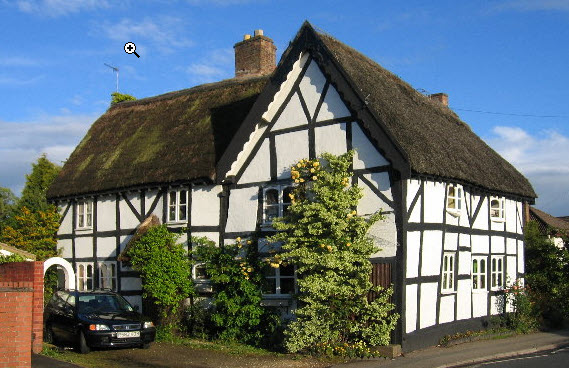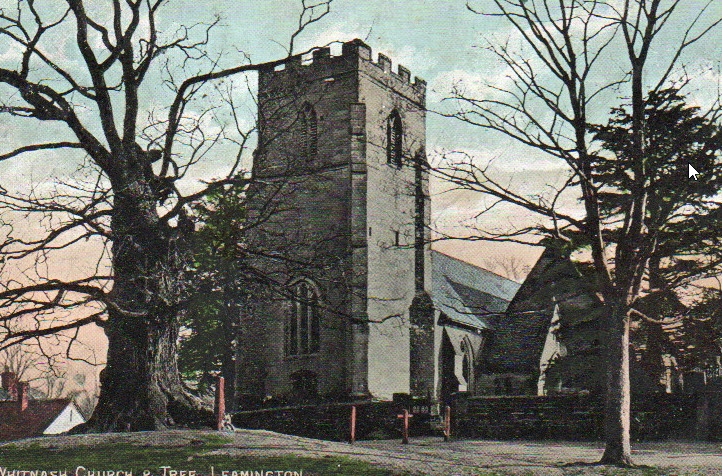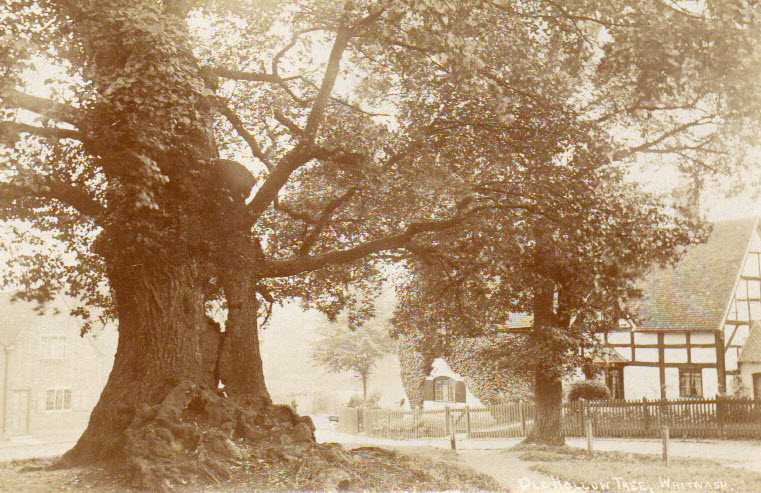The History and Life of Whitnash: From Ancient
Settlement to Small Town
Nestled in the heart of Warwickshire, England, Whitnash presents a fascinating journey through
time, evolving from a small Celtic settlement to a thriving small town while maintaining its
village distinctive character and rich heritage.
Its story spans millennia, marked by ancient legends,
historical transformations, and a remarkable community identity that persists to the present day.

Whitnash boasts exceptionally ancient roots, with evidence suggesting settlement long before the Roman occupation of Britain.
The name itself has several possible interpretations, including “at the white ash” (the most widely accepted meaning), “place by the wood,” “sacred ash,” or even the intriguing “meeting place of the wise”. By 1086, when it appeared in the Domesday Book as “Witenas,” the settlement was already established within the Stoneleigh Hundreds area, home to 11 villagers and eight smallholders. The name evolved to “Whitenasshe” by 1326, reinforcing the connection to white ash trees.
Archaeological and traditional evidence strongly suggests Celtic origins for the settlement.
According to local tradition, a Celtic fortification once stood in a “Castle Hill Field” just east of the village in 1615. The area is crisscrossed by several prehistoric trackways or ley lines, with the Roman road “Regia Via” connecting Radford Semele to Whitnash and passing through the Whitnash Brook Valley, believed to be the original site of the early collection of huts that constituted ancient Whitnash.
The Holy Well and Local Legends
One of Whitnash’s most enduring cultural features was its holy well, located approximately 400 meters east of the early village.
This site, likely dating back to Celtic times, accumulated fascinating legends that blend pre-Christian and Christian elements. According to the most prominent local tale, a church bell was accidentally dropped into the well during a consecration ceremony when the participants were startled by “Old Nick” (the devil) in 1613.
Rather than being ruined, the bell supposedly gained prophetic abilities- people would drop a stone into the well at night, ask a question, and by daybreak, the bell would answer: one ring for yes and two for no. This mystical bell became so integral to local identity that it’s commemorated in Whitnash’s municipal crest.
An alternative legend connects the well to St. Fremund, who allegedly won a battle against Danish invaders at nearby Radford Semele but was later beheaded by a traitor.
In the story, the saint miraculously picked up his head, walked some distance, prayed for water to wash himself, and a well appeared. After washing, he finally succumbed to his wounds. The well was reputed to have healing properties, particularly for eye ailments.
Medieval Whitnash and St. Margaret’s Church
The medieval period saw Whitnash develop as a small manorial holding. According to the
Domesday record, in 1086, Whitnash was held by Humfrey from his lord, Hasculf Musard, with the
previous Saxon tenant having been Alured. Throughout subsequent centuries, the manor
passed through various families including the Hastangs, Charlecotes, Colbournes, Searles,
Olneys, Bullocks, and the Willes family, ultimately coming to the Landor family in the early 19th century
century.
At the spiritual heart of the settlement stands St. Margaret’s Church, which has an Anglo-Saxon
origins and is notably built upon a mound that scholars suggest may have been a pre-Christian
pagan sacred site
The church’s documented history begins between 1121 and 1129
When Lesceline, widow of the Domesday tenant Humfrey, initially granted it to Nostell Priory in
Yorkshire before subsequently redirecting the gift to Kenilworth Priory. The church underwent
significant reconstruction between 1855 and 1880 under the direction of the celebrated architect
Sir George Gilbert Scott.
The church interior contains various historical treasures, including a brass from around 1500
commemorating Benedict Medley (d. 1503, and memorial tablets to figures such as Nicholas
Greenhill, who served as rector for 40 years until he died in 1650

